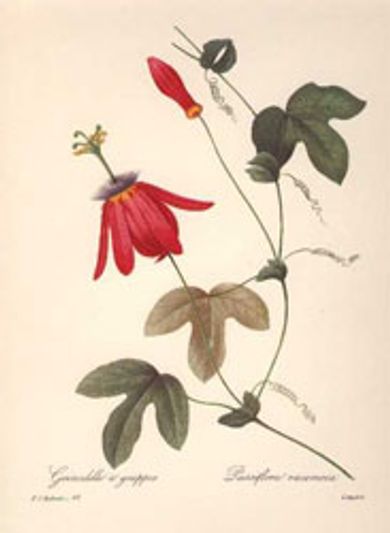
Botany/Entomology --> Life Sciences
The Life Sciences Section of the RAS has a long history. It began in 1881 as the Botany Section, the first section organized when the Rochester Academy of Science was formed. Section members were dedicated to learning about the plants growing in western New York State and early Proceedings of the RAS published lists of the plants of this region. Over the years a number of Proceedings have featured studies of plants and plant communities in western New York. During its history the Academy’s umbrella has included several sections that focused on specific groups of organisms, including Entomology and Ornithology; papers have been published in the Proceedings on these topics as well, including bird lists for this area. Over time, these sections have all merged into one group, now called the Life Sciences Section.
Field trips are scheduled during the year to acquaint members with the flora and fauna in the area.
The Life Sciences section also maintains the Herbarium of the Rochester Academy of Science and holds periodic workshops on the collection.

THE RAS HERBARIUM
The RAS Herbarium is a collection of about 30,000 preserved plant specimens. These were collected by numerous botanists who were studying plants in New York State, other parts of North America, and locations around the world. Most of the plants were collected between 1860 and 1950, although more recent specimens are also part of the collection Each plant specimen is pressed and mounted on a large sheet of acid-free paper, along with its Latin name, name of the collector, and information on where it was collected. Current collections will also include GSP data. The Herbarium collection is housed in large metal cabinets in the basement of the Rochester Museum and Science Center. Several years ago, due to new space limitations in the RMSC basement, we had to make the difficult decision to reduce the size of the Herbarium. We embarked on an enormous sorting project and separated out all plant specimens collected outside New York State. These went to Cornell University. We now have a more manageable collection, which is an important historic repository of plant information for NYS, especially the western NY region.
Our long-range plans include computerization of the data for each of the plants in the collection, along with photographing each specimen. About 2,000 specimens have been added to a digital database to date. Digitization would make this historic collection more easily accessible to researchers around the world.
Visitors are welcome in the Herbarium, but should contact the Herbarium Curator to arrange access. Monthly herbarium workshops (sponsored by the Life Sciences section) are held to work on repair of specimens, filing and other maintenance.
